May 21, 2025
Author:Amanda Lyu
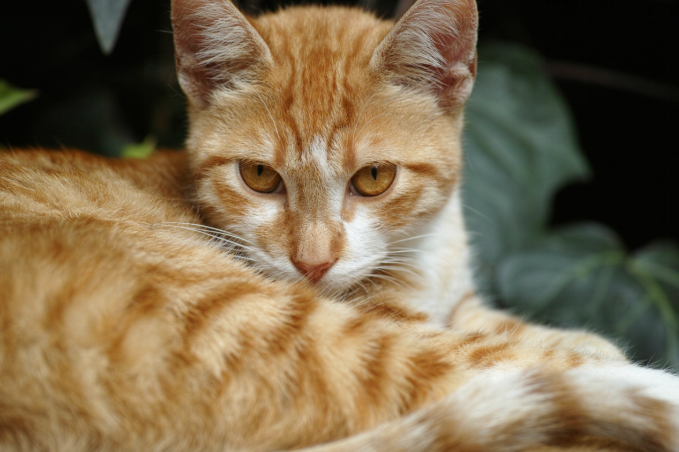
Have you ever looked at your cat and asked, “If you were a person, how old would you be today?” It is a fun question, yet the answer guides real-life choices about food, play, and medical care. Cats sprint through childhood, coast through middle age, and ease into their senior years on a very different timeline than we do. If we do not adjust our thinking, we may miss key health checks or misread odd behavior that comes with age. This guide gives you a clear, science-based way to turn feline birthdays into people birthdays. We review two common conversion formulas, dive into the body changes behind them, list the biggest aging factors, and outline care tips for every life stage. By the end, you will handle cats years to human years with ease and help your companion thrive from kitten hood to gentle old age.
Cats reach milestones in weeks that take us years. Their bones harden by six months, most adult teeth erupt by seven months, and sexual maturity often comes before their first birthday. Fast heart rates, higher body temperatures, and a rapid turnover of cells drive this meteoric rise. Those facts explain why the first feline year equals roughly fifteen human years. After that burst, changes slow but still outpace our own. Organs such as kidneys and the thyroid show age-related wear far sooner than in people. Grasping those body rhythms is the first step to charting cats years to human years accurately.
Age translation shapes daily life:
● Health planning. Vaccines, blood panels, dental cleanings, and arthritis screens all depend on life stage.
● Diet shifts. Kittens need high calories; seniors need extra joint and kidney support.
● Empathy. When you learn your frisky two-year-old equals a twenty-four-year-old human, you better grasp her need for play and boundaries.
For decades, many books said: after the first two years, one cat year equals five human years. Owners liked the tidy math because it was easy to do in their head. The idea sprouted from early life-insurance tables that used dog numbers as a rough stand-in for cats. Yet real veterinary data shows wide swings in growth and decline that one fixed ratio cannot cover.
● Strengths: quick mental shortcut; no chart needed
● Weaknesses: ignores the explosive first two years; overestimates old-age decline; may lead to overly aggressive “senior” care in middle-aged cats.
Professional groups such as the American Animal Hospital Association (AAHA) and the American Association of Feline Practitioners (AAFP) endorse a three-step curve:
|
Cat’s calendar years |
Add to human age tally |
Running “human” age |
|
Year 1 |
+15 |
15 |
|
Year 2 |
+9 |
24 |
|
Each year after 2 |
+4 |
28, 32, 36… |
Why it works:
● Mirrors bone growth, tooth change, and organ development in early life.
● Lines up with disease risk curves found in large health-plan studies.
● Gives vets a sharper tool to time advanced screens, such as renal panels at about 56 “human” years (cat age 11).
Consider two examples:
● Five-year-old cat
○ Old rule: 25 human years
○ Modern rule: 36 human years
○ Impact: You might schedule senior bloodwork too late if you trust the old table.
● Fourteen-year-old cat
○ Old rule: 70 human years
○ Modern rule: 72 human years
○ Impact: Values now match closely because aging slows late in life.
Because the modern model tracks true biology, you should base all cats years to human years math on it.
● Large breeds. A Maine Coon can take four to five years to reach full size, so its early age curve stretches, then evens out.
● Oriental lines. Siamese or Oriental Shorthairs mature fast, then often stay lean and active into the mid-teens.
● Mixed breeds. Household shorthairs benefit from genetic variety that lowers many inherited risks.
Some lines carry DNA glitches—like cardiomyopathy in Ragdolls or polycystic kidney disease in Persians—that shorten average span. Ask breeders or rescue groups for family health records when possible.
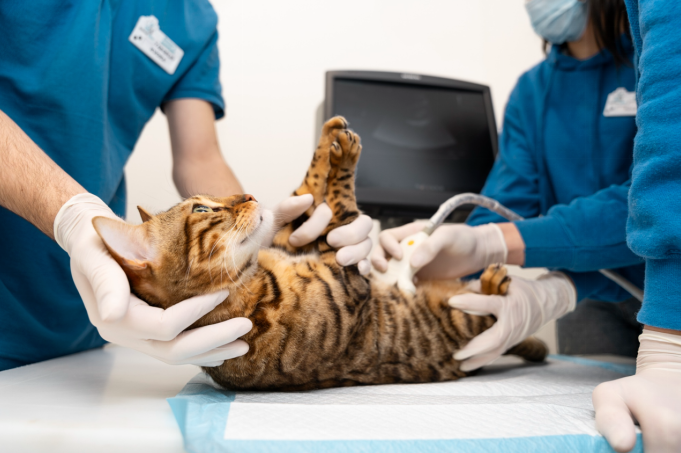
● Indoor vs. outdoor. Studies show indoor cats live three to five years longer on average, thanks to fewer bikes, cars, fights, and diseases.
● Mental and physical exercise. Climbing posts, puzzle feeders, and daily play sessions keep joints and neurons firing. For ideas, check out top cat toys.
● Stress. New pets, loud noises, or crowded spaces raise cortisol, which accelerates aging. Provide hiding spots and consistent routines.
● Balanced calories. Obesity can slash two years off life expectancy. Automatic feeders fix portion errors; see this guide to smart feeding.
● Hydration. A steady water flow supports kidneys; explore a comparison of fountains and bowls.
● Nutrients. Omega-3s fight inflammation; wet food boosts water intake; senior formulas lower phosphorus to help aging kidneys.
Each factor can nudge the pace, yet the 15-9-4 curve still gives the best average path for cats years to human years planning.
Tiny bodies double in size every two weeks. Bones, nerves, and social skills form quickest now. Schedule core vaccines, gentle handling, and safe chew toys. If you face messy surprises, see reasons why a kitten might poop outside the box.
Hormones surge, leading to sudden zoomies and scent marking. Plan spay or neuter around six to nine months to curb wandering and reduce cancer risks; read more about surgical timing. Gradually shift from growth diet to adult diet by twelve months. Training sessions—like teaching fetch with steps from this guide—boost brainpower.
Muscles and metabolism peak. Annual checkups, parasite screens, and regular dental cleanings keep future costs low. Use interactive puzzle bowls to stave off boredom; see portion-control feeders for ideas.
Mature (7–10 yrs ≈ 40–56 people yrs)
Body fat creeps up, eyesight may dim, and early arthritis lurks. Twice-yearly vet exams catch thyroid swings or kidney bumps early. Hydration becomes vital—follow easy fountain care tips to keep water appealing. Gentle ramps protect joints when jumping onto favorite windowsills.
Hearing loss, dental wear, and slower healing set in. Blood pressure checks and urine tests become routine. Provide warm, thick beds and consider placing a pet camera feeder so you can verify eating while at work. Aim for three short play sessions daily to keep muscles active.
Some cats surpass twenty years, equaling a person in their mid-nineties. Mobility aids such as non-slip mats, step stools, and heated pads ease aches. Subcutaneous fluids or special renal diets may join the routine—review kidney protection tips. Through gentle grooming and frequent vet talks, you can add meaningful months or even years.
Remember to revisit the cats years to human years chart yearly so you never miss a life-stage shift.
Use age math to time essential care:
● Birth to 1 year: vaccines every three to four weeks; spay/neuter consult.
● 1–6 years: annual physical, fecal test, and dental scaling.
● 7 + years: semiannual exams, full blood panel, blood pressure, and X-rays when needed.
Life-stage diets guard organs; a senior formula cuts phosphorus, easing renal strain. Timed feeders such as the ones in this smart routine prevent midnight overeating. Evening laser-pointer games keep aging joints limber.
Low litter boxes, soft bedding, and raised food bowls reduce strain. Installing a fresh-flow fountain encourages reluctant seniors to drink—find the best fountain material for easy cleaning. Mental enrichment, like hiding treats in paper cups, fights cognitive decline.
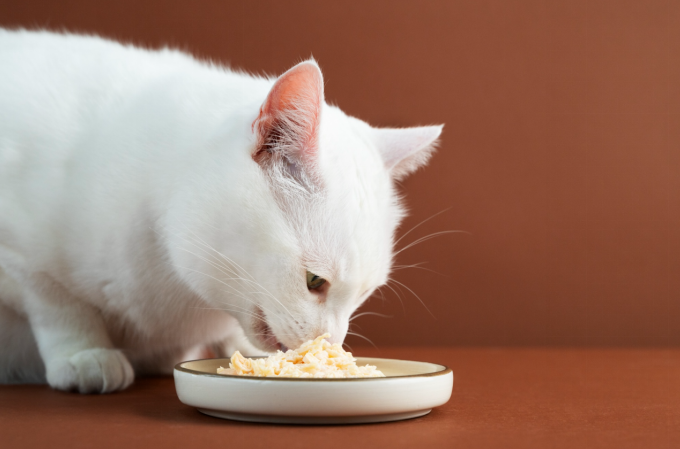
● Seven-year myth. The dog-centric “one year equals seven” scale never fit feline biology. Trust the 15-9-4 curve instead.
● Uniform aging. Cats do not age at a constant speed. Growth rockets during year one, slows in middle age, then levels again.
● Color or pattern. Some think tortoiseshell cats live shorter due to genetics, but color genes have no proven impact on lifespan.
● Outdoor toughness. Owners may believe outdoor cats “stay fit and young.” In reality, injury, infections, and toxins shorten life dramatically.
Busting these myths improves the way you read cats years to human years and plan care.
1. Vet visits. Schedule based on human-age equivalent; early tests catch silent disease.
2. Weight control. Follow a portion chart and adjust every six months.
3. Fresh water. A fountain encourages sipping; see hydration hacks.
4. Dental care. Weekly brushing and annual cleanings prevent pain and heart disease.
5. Stress buffer. Provide hiding nooks, pheromone diffusers, and predictable routines.
6. Safe play. Rotate toys, try food puzzles, and add vertical shelves to mimic hunting.
7. Quality food. Read labels, and weigh the value of fresh vs. processed meals.
8. Regular grooming. Brushing removes loose fur; if hair sticks to clothing, see tips to remove cat hair from your shirt.
Stay mindful of your conversion chart so each tip matches your cat’s true human-age stage.
Turning feline birthdays into human ones feels fun, yet it serves a vital role in responsible ownership. The modern 15-9-4 method reflects real growth spikes, steady adult years, and gentler senior aging. When you layer in breed traits, diet, exercise, and safe indoor living, you gain the clearest view of your pet’s journey. Use that knowledge to time vaccines, pick the right food, add ramps, and trim stress. Keep this guide close, revisit the chart yearly, and share it with friends who still use outdated rules. Your cat cannot tell you her aches in words, but an accurate cats years to human years count speaks volumes. Monitor her closely, consult your veterinarian often, and enjoy every season together.
Label:
Popular Post
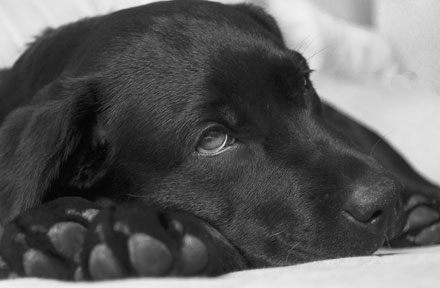
What to Feed a Sick Dog With No Appetite? [2025 Guide]
May 16, 2023
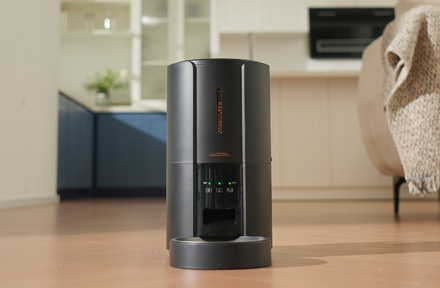
Troubleshooting Common Issues with Automatic Pet Feeders: Tips & Tricks for Pet Owners
Oct 26, 2023
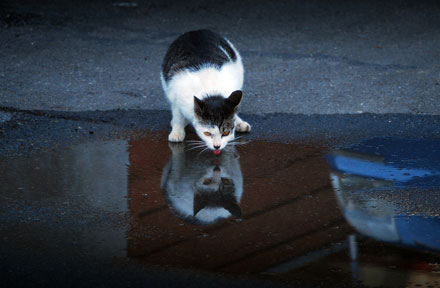
Why Does My Cat Cough After Drinking Water? 8 Potential Reasons
Mar 13, 2023
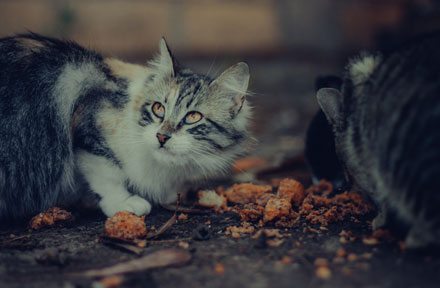
My Cat Only Eats A Little at A Time - What to Do?
Feb 27, 2023
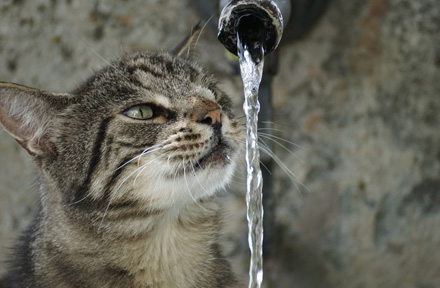
Why is My Cat Throwing up Water? Top 5 Causes Here
Feb 08, 2023
$99.99
$129.99
Copyright © 2025 WOPET. All Rights Reserved.